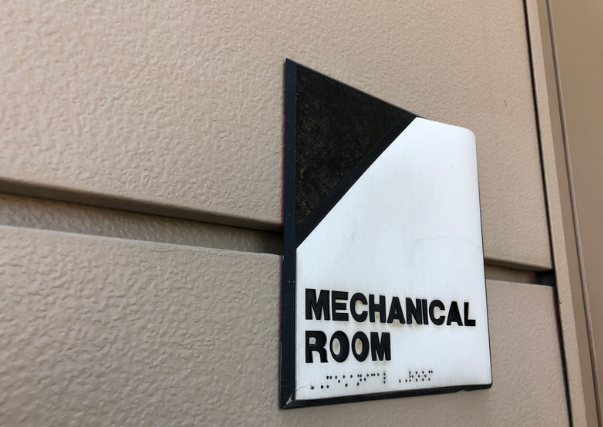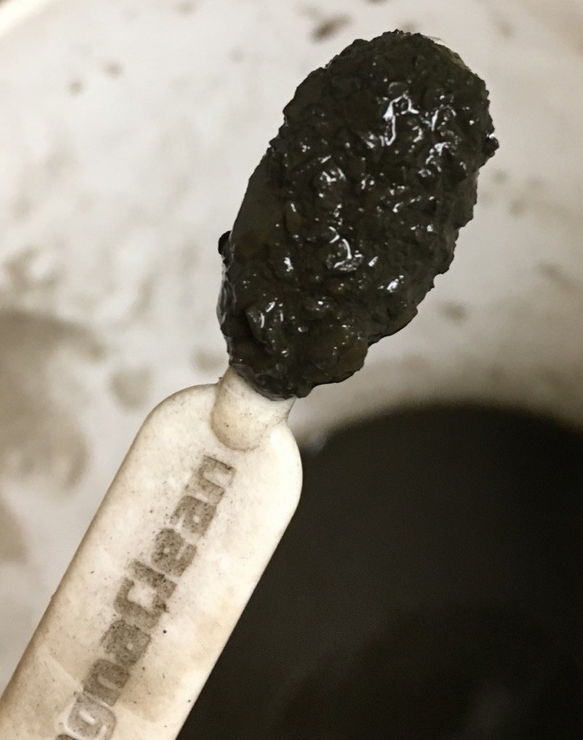 The CDC estimates that anywhere from 8,000 to 18,000 people need hospital care each year due to Legionnaire’s disease. Most people affected by the Legionella bacteria will suffer from pneumonia because bacteria grow and thrive in the lungs. Because the Legionella bacteria is commonly found naturally in fresh water, many people contract the bacteria through inhaling the bacteria in contaminated building water supplies, cooling towers, pools, hot tubs and fountains. The exposure occurs when people breathe in evaporated water or mist containing the bacteria. Last summer, ASHRAE released a new standard, Standard 188-2015, to establish minimum legionellosis risk management requirements for building water systems.
The CDC estimates that anywhere from 8,000 to 18,000 people need hospital care each year due to Legionnaire’s disease. Most people affected by the Legionella bacteria will suffer from pneumonia because bacteria grow and thrive in the lungs. Because the Legionella bacteria is commonly found naturally in fresh water, many people contract the bacteria through inhaling the bacteria in contaminated building water supplies, cooling towers, pools, hot tubs and fountains. The exposure occurs when people breathe in evaporated water or mist containing the bacteria. Last summer, ASHRAE released a new standard, Standard 188-2015, to establish minimum legionellosis risk management requirements for building water systems.
Practically speaking, there are five ways building owners, engineers and contractors can help minimize the risk for a Legionella outbreak within the water systems of commercial and institutional buildings.
- Consider Legionella risk in the initial building design. OSHA recommends that engineers put HVAC fresh-air intakes in a location where they will not draw mist from a cooling tower, evaporator condenser or fluid cooler into the overall system. Be sure to consider general wind direction and velocity, the distance from the cooling tower to the intake and any building effects. Minimize the use of water reservoirs, sumps and pans and provide a water to drain water sumps when not in use.
- Maintain clean cooling towers. Sediment, scale and slime can provide a welcoming environment for the Legionella bacteria. You should inspect your cooling towers each month, clean your tower basin surfaces and treat your circulating water with a descaler or antisclant. At least once every year, take the time to drain the system and clean it thoroughly according to manufacturer’s guidelines. Trust me when I say that Legionella is not the only thing you’ll be preventing by keeping your cooling towers clean. You’ll almost certainly cut down energy and equipment costs over the life cycle of the towers. Consider investing in a filtration system that can help prevent and/or control the growth of bacteria.
- Maintain all of your hydronic HVAC system and equipment properly. Properly service all of your equipment according to manufacturer recommendations. Keep an eye on any equipment failures that may produce stagnant water, which is a prime opportunity for Legionella growth, especially if the water is warmed.
- Develop a written plan for maintenance and Legionella bacteria prevention. If you have a set of SOPs incorporated into your daily, monthly and yearly maintenance plans specifically designed to prevent the growth and spread of Legionella bacteria in your HVAC system, you’ll be more likely to avoid any problems with your building water system.
- Follow ASHRAE Standard 188-2015. This standard was developed to establish minimum legionellosis risk management for building water systems and does include both HVAC and plumbing systems. The standard has been in development for 15 years and has been reviewed and tested extensively along the way. It is especially designated for multiple housing units with one or more centralized heating units, buildings with more than 10 stories, healthcare buildings and nursing homes. Implement a Water Management Program (WMP) according to the Standard to include hazard analysis, risk mitigation and plan validation. Consult the full standard for the risk management requirements for all potable and nonpotable water systems and components.
Obviously, the topics and associated building risks with Legionnaire’s disease are too numerous to cover in a blog post. We haven’t addressed potential concerns in plumbing systems at all. If you have concerns about the bacteria that could be contained in your building water systems, please work with your manufacturer’s representative to ensure that all concerns are addressed in both building and maintaining your HVAC and/or plumbing systems. Are there other ways you are handling legionella concerns in your building systems? Please comment in the comment section below.











Submit a Comment